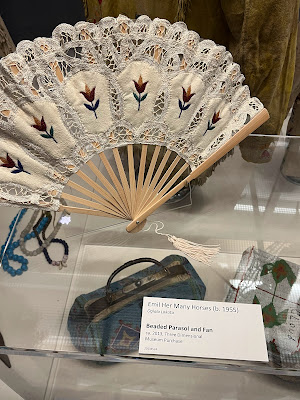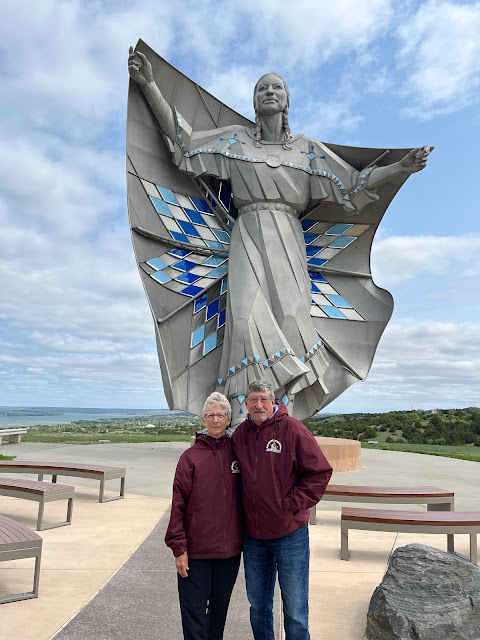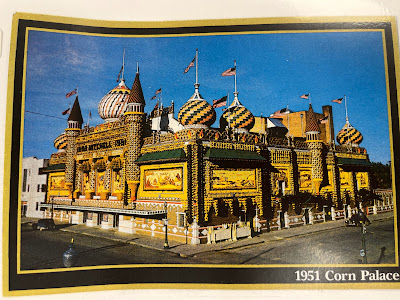The people we camp with have their own ideas about what makes a good campground. We, on the other paw, have a totally different perspective. For us, it isn't so much about the camping space, or whether it is flat, or whether it is quiet. We think the best campgrounds have the best smells and the best treats. And our peoples just don't understand.
You're right, Vickie, I love all the
little things they just don't see.
They don't even seem to care about
all of the great sniffs.
Yeah...like the flattened crunchy fish
I found right outside the RV.
That was sweet. I liked rolling on it. The people
were not pleased. I don't get it - don't they
like the smell of stuff like that?
And remember the flat toad we found
on the road?
Yeah, mom took that away from me
in a flash. She just doesn't get it.
She even says, "Ick" and "leave it" when
I find rapid poo.
Oh, what about the morning after the
great rain?! There were worms all over
the place. Free for the picking.
Yeah, I scarfed up as many as I could, if
the people didn't pull me away. They seemed
to squirm as much as the little worms.
Remember when I found the smelly
thing that she called a "turtle?"
It was like a rock with stinky feet!
And then there was the mummy frog. It's skin
was paper thin and so crunchy!
Did you see the baby bird that fell out
of its nest and died? I caught a whiff of it,
but the peoples pulled me away.
There was even a flat snake at one of the
campgrounds.
And, we haven't even mentioned all of the
wondrous things other peoples have dropped
around the camp sites, like bones - yum
I found a piece of blue bubble gum!
Yeah, I saw her take that away from you.
It's amazing what peoples will drop all over
the place. Really valuable things, like candy
wrappers, and chip bags...
And I found a can that had some gooey stuff
left in it! I even got to eat a few tiny bugs
that were eating the gooey stuff. I guess that's
an example of the food chain around here!
Remember when we found the crispy
cheesy things on the trail? Oh, and there are
always some yummy plants to chew on.
I like the puffy things that the peoples say
are Dandy Lions. If I sniff too hard they
explode all over the place and tickle
my face and make me sneeze!
On top of all of that, I think a good camp
ground has to have a dog park. Not because
I want to run and play, but because I want to
smell all of the smells left by other dogs.
I can spend hours detectifying who
has been there before me!
Life is gonna be pretty boring if we ever go back
to the place we used to stay, and our little dog yard
on the side of the house.
Wow, I had almost forgotten about that,
'cause it's been so long!
I wonder what we will find in the next campground?
I can't wait to see what's next .... and smell!
I'm the king of the mountain....































































